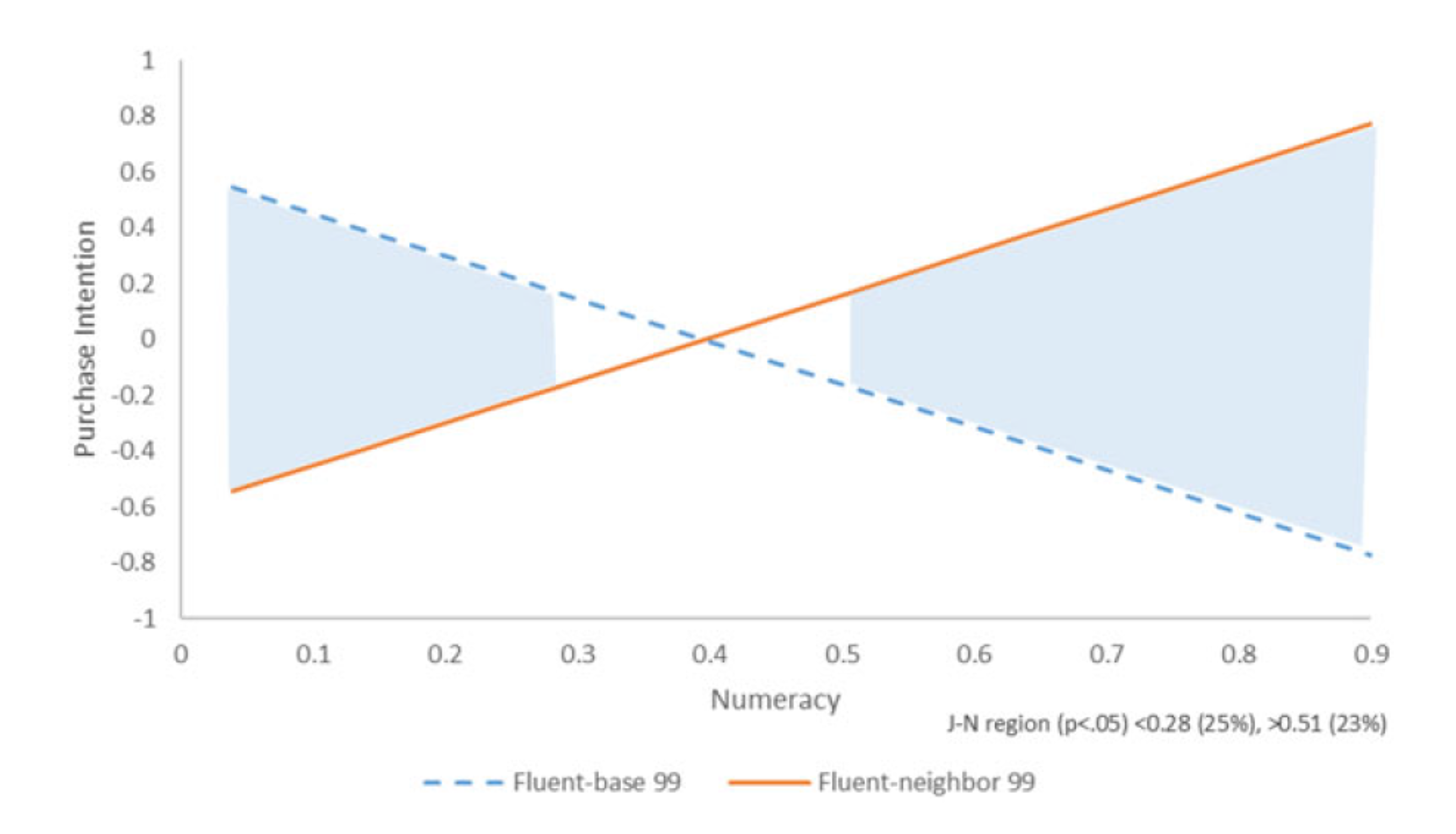The Power of $.99 Not Created Equal
The consumer world is way ahead in understanding the science and psychology of price on decision making. Suffice to say what a person is willing to pay and how they feel about it is highly malleable.
In our world there’s still a lot to learn and optimize for our price equivalent– ask amounts. We’re not without some insight here courtesy of a white paper on this very topic we wrote and published pre-pandemic, so approximately 4,259 years ago.
New research in consumer world re-raises the power of $.99 but finds an interesting twist that reinforces what we preach, there is rarely a yes/no answer to any question of “will this work?”.
A more refined, accurate answer likely exists under your yes/no answer:
“it works for these people in this way for that reason and
for those people in that way and for this reason.”
People are different. Too many tests are incorrectly deemed to have failed because we ignore this fact.
Prior research has shown prices ending in $.99 to be perceived very differently than their nearly identical, one-penny neighbor. The reason is folks focus more on the number to the left of the decimal than those to the right. This means $20.99 feels closer to $20 than $21. Prices ending in ‘9’ are way overrepresented in the market so there are lots of left digit believers.
But the non-faithful among the left digit believers might argue, with evidence to boot, that people in fact round up to the nearest whole number. This can still be a psychological win if they experience a slight boost in feeling like they get a deal. “I showed them, I got this $21 thing for only $20.99.”
Are You a Right Digit or Left Digit Person?
So, which is it, do folks focus on the digits to the left or right of the decimal? It depends on the person. More numerate people do the extra mental work of rounding up – they are right digit people. Less numerate folks are left digit people and ignore the $.99.
But wait, there’s more said Monty Hall. What about processing fluency and folks liking round numbers and disliking messy ones, and having a special aversion to primes? It’s real and baked into this research. Processing fluency research shows that people prefer $18 to its nearest neighbors, $17 and $19. Why? The neighbors are primes and they make everyone feel a bit less numerate, even the numerate.
This means not all $.99’s are the same, regardless of numeracy. More specifically, this chart shows the relationship between numeracy and purchase intention and how that relationship is influenced by the numbers before the $.99. The blue line, fluent-base, means the digits before the $.99 were more fluent, e.g., $18.99. The fluent-neighbor line is prices that require rounding up to get to a fluent number, e.g., $17.99.
This shows that more numerate folks who live on the right hand side of the X axis do prefer fluent-neighbor pricing over fluent-base – i.e. the orange line is above the blue. Why? They round up and the power of fluency matters as they mentally arrive at prices like $18. The opposite holds for less numerate folks.

The Level of Education Matters
This research was also done with actual sales data from a grocery store. The researchers overlaid education as a proxy for numeracy and found the exact same dynamic. More educated folks tend to round up and they’ll buy more of product X if the rounding mentally lands them on a fluent number. The opposite held for those with less formal education.
What to do with this? Test it. It requires two things. A willingness to have a testing plan that isn’t predicated on one size fits all like 99.9% of all testing today. If that willingness exists than it is very inexpensive to append education data to your test universe of donors.
You can have a test and control both higher and lower levels of education cohorts but your hypothesis is that lower educated folks prefer fluent base numbers in the ask string. Consider $20.99 and $30.99 as an example. Higher educated folks prefer fluent neighbor ask amounts because they’ll round up so consider $19.99 and $29.99 as an example.
You could intentionally mismatch these and include some control, e.g. $20 and $30 for a more thorough test.
If that all seems like too much then give a fluent base price with $.99 a try as a one-size fits all test. The research tends to show that this lift is slightly larger than the fluent-neighbor pricing.
But, we’d argue it’s way past time to stop making things simpler than possible. Simple, yes, but not simpler. And what could be simpler than operating a business that assumes that everyone is the same?
Kevin


